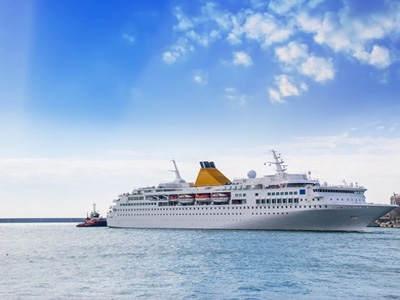CLIA 2014 Economic Impact Analysis
Cruise lines, their passengers and crew spent a record$21 billion in the U.S. in 2014, up 16 percent since 2010 and representing a new peak in U.S. cruise industry expenditures, according to a new study from Cruise Lines International Association (CLIA)
| CLIA’s 2014 Economic Impact Analysis, an independent study commissioned by CLIA and conducted by Business Research and Economic Advisors (BREA), shows that total contributions of the global cruise industry to the U.S. economy reached a record$46.09 billionin 2014, up 4.5 percent from the previous year. This includes generating 373,738 U.S. jobs paying more than$19 billionin wages and salaries. |
“The global cruise industry is a critical contributor to the U.S. economy and we see evidence of the industry’s positive effect spreading across the country,” said Cindy D’Aoust, CLIA’s acting CEO.
“In each of the 50 states, we saw cruise lines purchasing goods or services in support of their operations, and passengers traveling for their cruise vacations. The cruise industry is thriving and making an important economic contribution.”
Record U.S. Embarkations
According to CLIA’s study, more than 11 million cruise passengers worldwide embarked from U.S. ports in 2014, setting a new high and marking the largest increase (11 percent) in ten years.
The top ten U.S. cruise ports accounted for 88 percent of 2014 embarkations, andFlorida accounted for 62 percent of all U.S. embarkations. Embarkations inCalifornia’s four ports totaled 984,000 in 2014, a 49 percent increase.
“Florida remains the center of cruising inthe United States, but we saw tremendous growth inCalifornia’s ports,” said D’Aoust. “California’s increase was primarily driven by a rebound in cruises originating inLos Angeles andLong Beach. These ports saw increased embarkations as more three- and four-day cruises were offered, addressing cruise consumers’ desire for short getaways and additional options.”
Cruise Industry Growth Not Limited to the U.S.
CLIA’s study shows that globally, demand for cruising worldwide increased 68 percent in the last ten years, from 13.14 million passengers in 2004 to 22.04 million passengers[3] in 2014. Since 2013, demand grew 3.4 percent. Globally, cruise industry expenditures generated$119.9 billion in total[4] output, supporting 939,232 full-time equivalent employees who earned$39.3 billion in income.
“The cruise industry is truly a global and dynamic industry,” said D’Aoust. “We’ve enjoyed progressive growth over the last 30 years, driven initially by demand fromNorth America, which expanded toEurope,Australia and nowAsia. As a result, the cruise industry today impacts the global economy, generating jobs, income and business growth in all regions of the world.”
Source: CLIA





























































